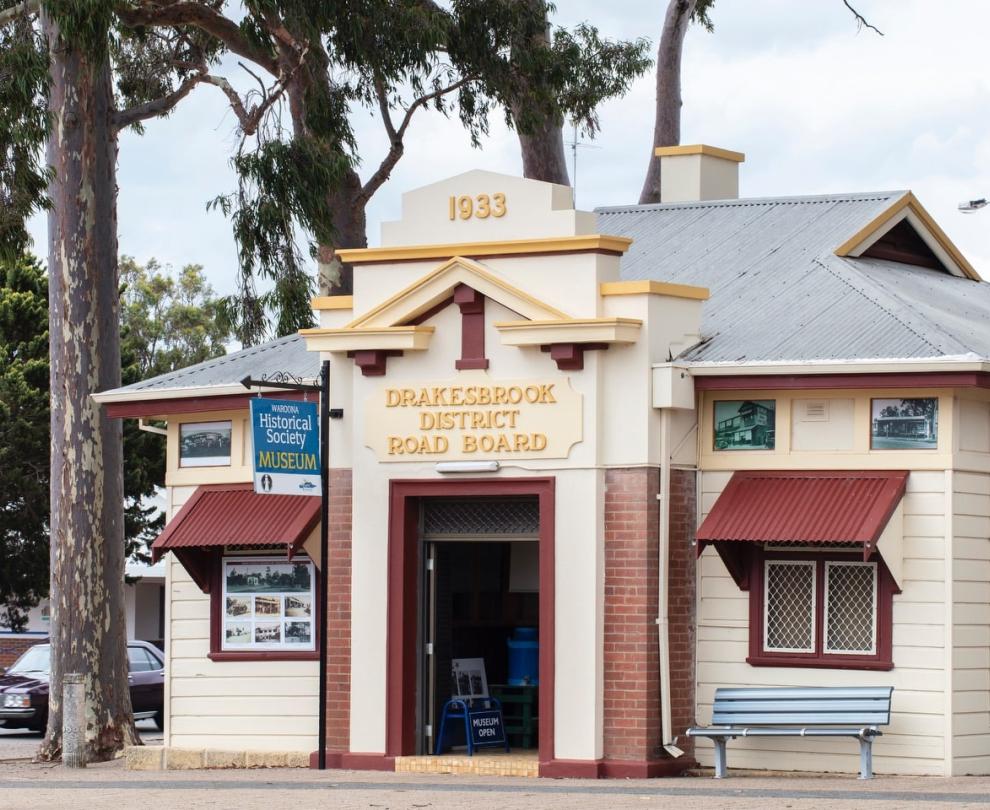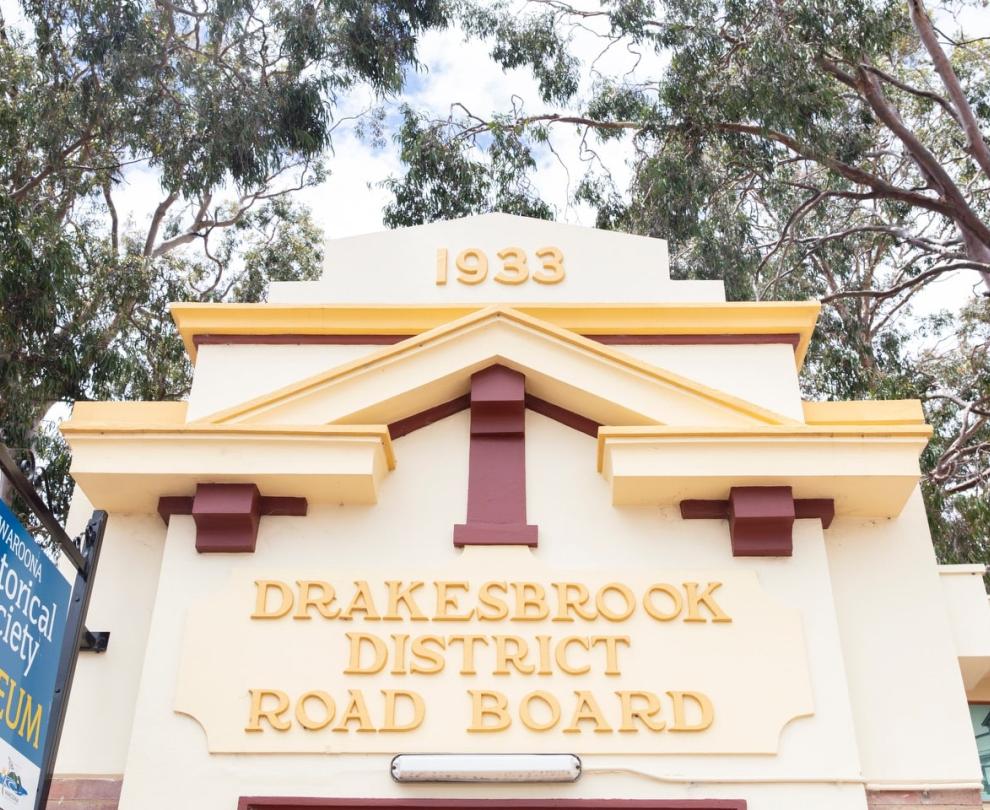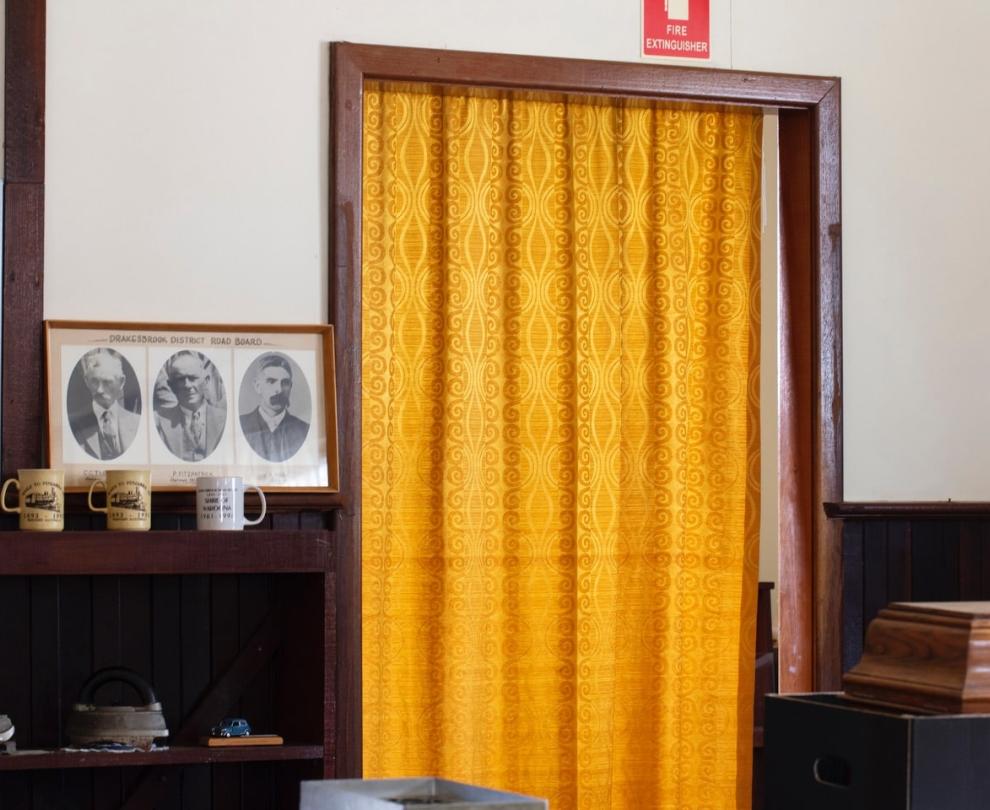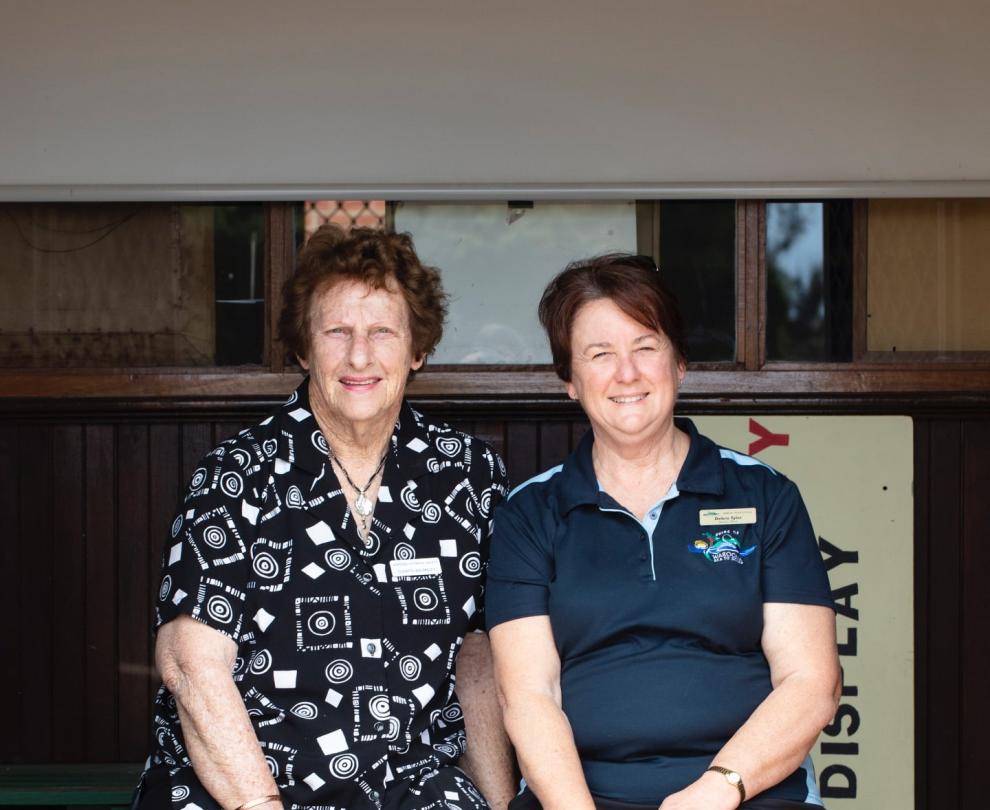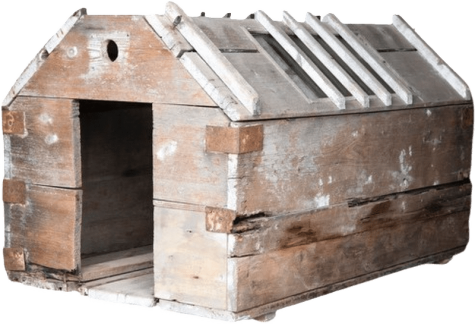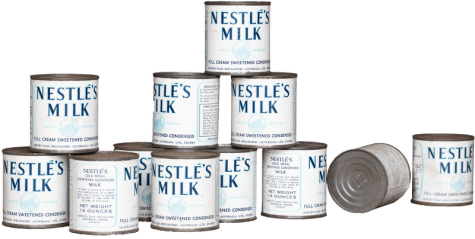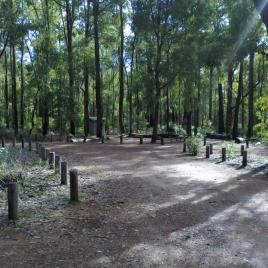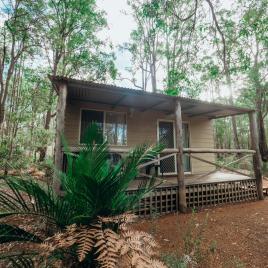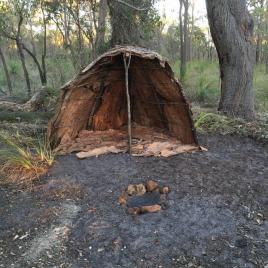Lime Kilns Photographic and Document Archive
The ruins of the old lime kilns at Lake Clifton are a reminder of an important aspect of Western Australia’s history. Cement was essential for construction, and the challenge was to find local supplies of quality shell, an essential ingredient of cement. Until 1921 most cement was imported - the State did not have a “buy local” policy in those days - but in 1921 the Western Australian Cement Company was formed. After much effort and many tests, the Company was able to prove that the locally made cement, using shell from Lake Clifton, equalled, and in fact exceeded, the quality of the imported product. The lime kiln was built to burn off the sediment, and the shell, or marl, was then transported on a specially built railway from the coast to Waroona, from where it went by railway to Perth. It was then combined with clay and gypsum to make cement. After only two years, other sources of better quality marl were found and the industry ceased in the Waroona district. The ruins of the lime kilns still remain. These days Lake Clifton is much celebrated for its thrombolites. These structures are created by very simple organisms called cyanobacteria. They are believed to be similar to some of earliest forms of life on Earth, and are, therefore, of great scientific interest. A boardwalk at Lake Clifton enables visitors to observe these ancient living rock-like structures.

